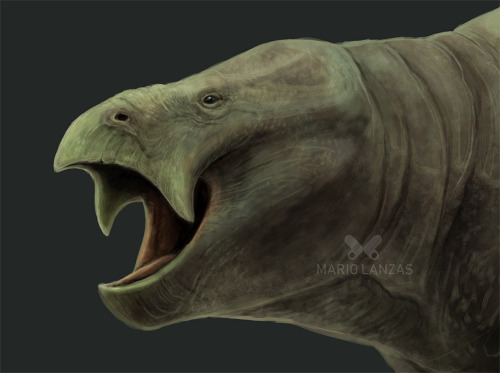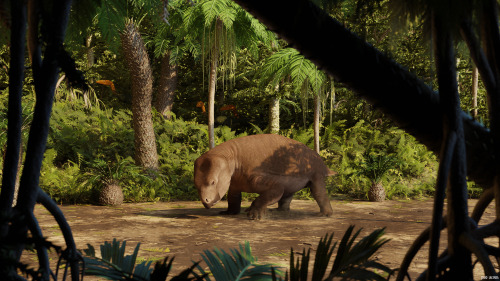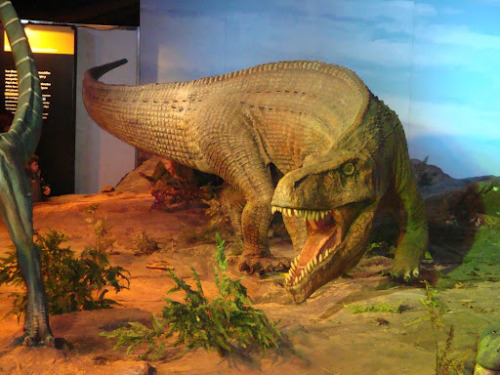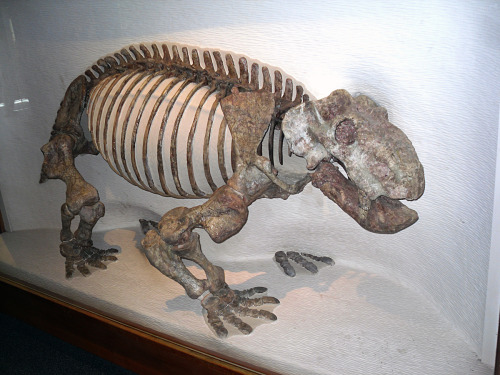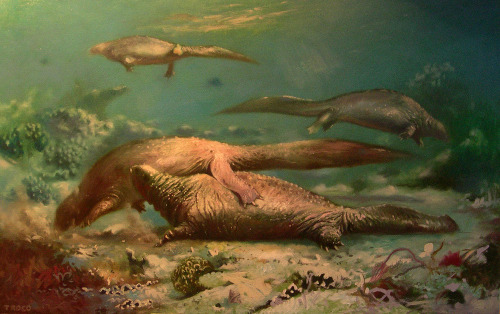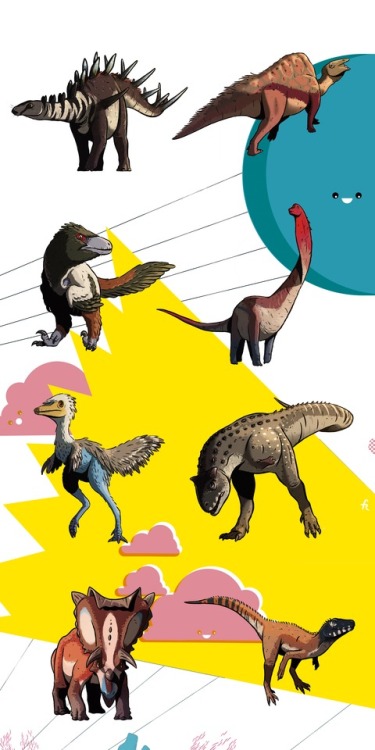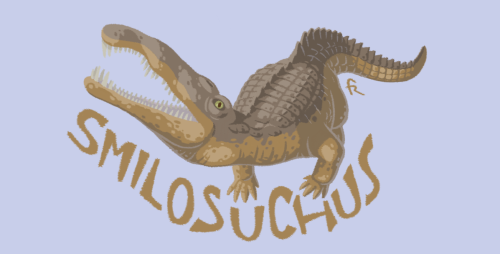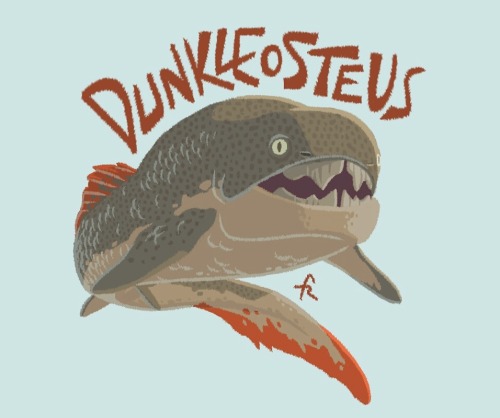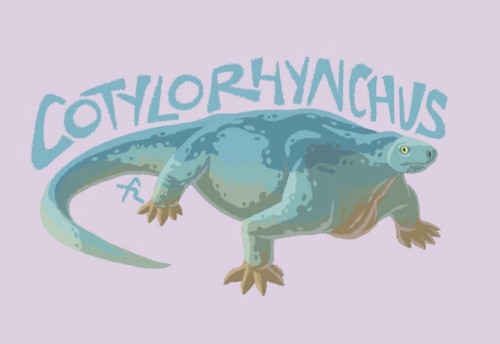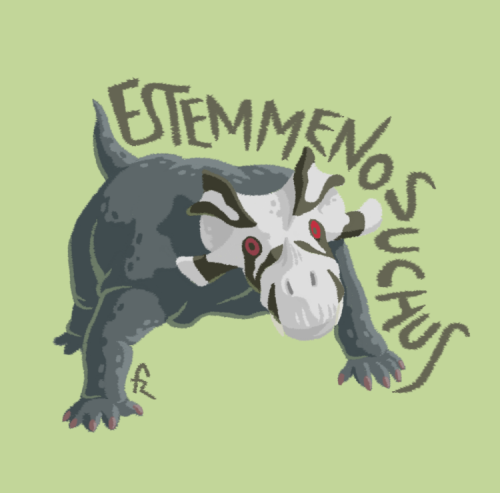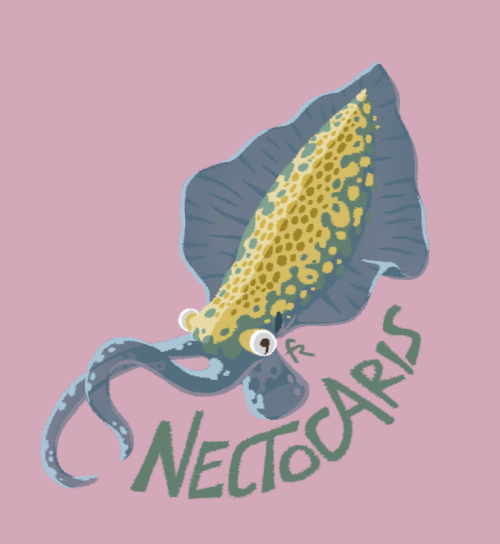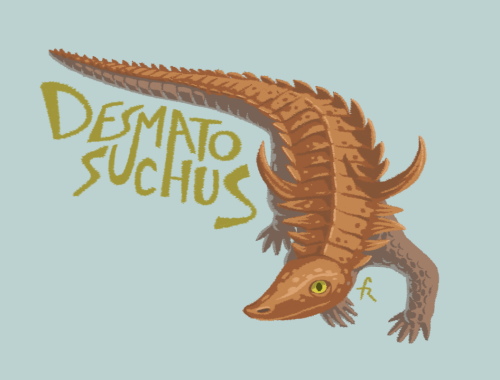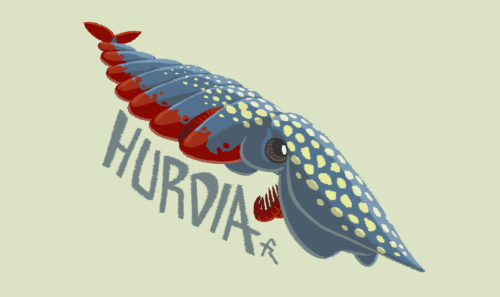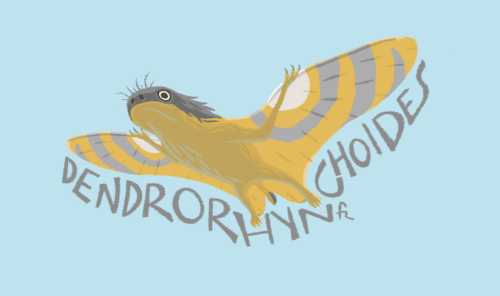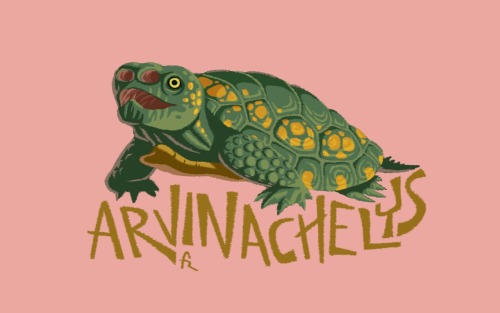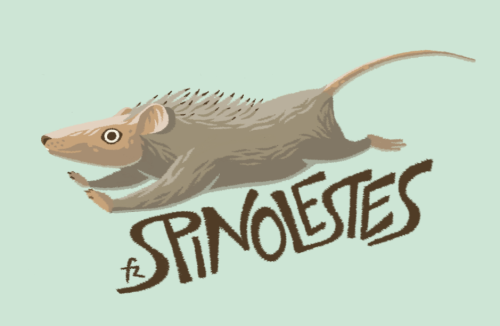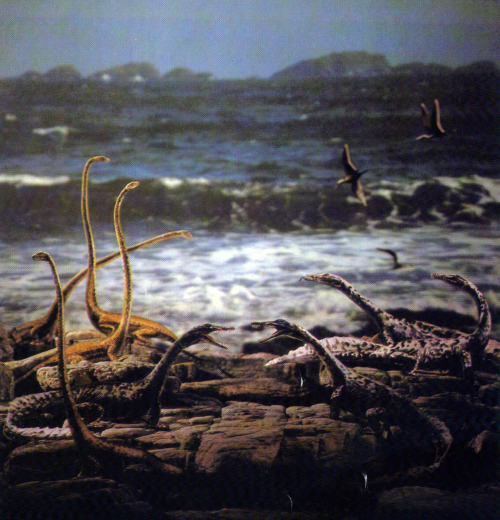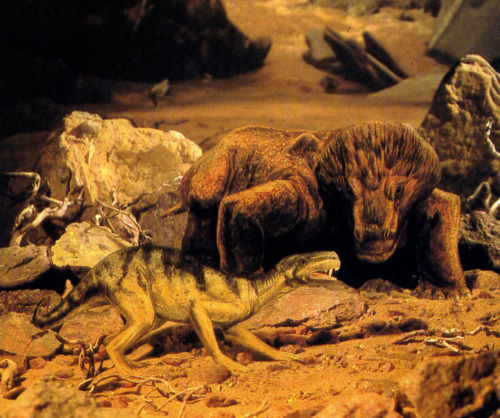#triassic
TRIASSIC PEROD map (Old cartography style)
This map is inspired in old cartopgraphy, presenting the animals that lived at that time in a stylized way, just as a medieval artists would had drawn them. Two more maps for the Cretaceous and Jurassic periods are also available.
this artwork is available fopr prints, t-shirts and much more here
find me on Instagram: @mariolanarensis
Post link
LISOWICIA
from my new video on Synapsids. the largest Dicynodont we know of so far. found in Poland
___
Post link

Eudimorphodon t-shirt
Eudimorphodon is a pterosaur from the Late Triassic and one of the oldest known pterosaurs.
Design by Greco Westermann

PART 1:
https://zobiez.tumblr.com/post/679558795075239936
I FINALLY finished part 1 of the Evolution of Life poster that I was doing for my class-
It was originally supposed to be in color pencil
However, I think I will redraw it traditionally as a side project
My problem with this is that some of the animals in this poster look way too similar to the references I used and that bothers me
Throws off the consistency
Idk man I really want to redraw it the way it was intended one day
Without worrying about a deadline
Take it anyway- this took so long lmao
Saurosuchus
Mounted specimen from Ischigualasto Provincial Park, San Juan, Argentina
Reconstructed model from the Titanes de Ischigualasto (Titans of Ischigualasto) exhibit while at the Museo Argentino de Ciencias Naturales in Buenos Aires, Argentina.
When: Late Triassic (~231 to 226 million years ago)
Where: Argentina
What: Saurosuchus is a very large basal member of the crocodile lineage within the Archosauria. It lived in what is now Argentina during the late Triassic, where it was a dominante apex predator, reaching lengths of up to 23 feet (~7 meters). A good deal of this length was its massive skull filled with pointy recurving teeth. Saurosuchus is a member of the Rauisuchia, one of the first branches to come off of the Crurotarsi (crocodile line archosaurs) lineage. Like other rauisuchians Saurosuchus had an erect leg posture, you can see this in the model above, it looks very much like a large crocodile (albiet with more dinosaur looking like head on), but its legs are directly underneath its body, not sprawling out like in modern crocodiles. This posture is the same as in mammals and dinosaurs, but was accomplished in a different way. Mammals and dinosaurs modify the femur itself for erect posture, but in rauisuchians it was the pelvis that was transformed. Saurosuchus was a fully terrestrial creature capable of fast speeds as it hunted its prey (including the much smaller dinosaurs) in the ancient flood plane.
Saurosuchus fossils are from the Ischigualasto formation (and national park!) in Argentina. This area is open to the public and is more popularly called the Valle de la Luna (Valley of the Moon). Not only do basal crocodile line archosaurs come from this formation, but some of the oldest dinosaurs as well. These animals, which would go on to dominate later in the Mesozoic, were a minor part of the fauna. The Triassic here was dominated by rhynchosaurs andcynodonts, these groups would both suffer great losses during the end Triassic extinction event.
Post link
Koskinonodon formerly known as Buettneria
Mounted specimen on display at the American Museum of Natural History
Reconstruction by Matt Celeskey
When: Triassic (~228 - 216 million years ago)
Where: North America
What: Koskinonodonis one of the later surviving of the giant amphibians. This beast could read up to 10 feet (~ 3 meters) long and was very common in the ancient American southwest. Koskinonodon was known by the name Buettneria for over 80 years, until a long standing nomenclature problem was resovled. See, the name Buettneria was applied to this animal in honor of W. H. Buettner, a fossil collector in the first part of the 20th century. This was in 1922, however, a living species of katydid was given the genus name of Buettneria decades earlier in 1889. Thus the name was not actually availble to be used for this giant amphibian. The name Koskinonodon was applied in 2007. This name was used because a specimen that was named Koskinonodon in 1929 was later determined to belong to the same genus as the previously known specimens that were then called Buettneria. When a genus is renamed this is typically how it is done, you comb though the past literature and use the oldest available name that has ever been used for any species (or specimens!) now housed in that genus. Sadly sometimes you end up using names that are just not as cool as the original. Sorry W. H. Buettner. At least your namesake fossil lives on in outdated museum exhibits. ;)
Koskinonodon is closely related to another large amphibian I have posted, Metoposaurus. It is likely that these two animals occupied the same habitates in life. What differentiates them? At just the general morphology level Koskinonodon has a much longer skull, a longer tail, and less robust limbs. It is common that when a paleo environment is reconstructed just one example of each ‘type’ of animal is used, but this is not really realistic. Think about the average North American forest today. Multiple species of all sorts of 'types’ of animals are found there, multiple squirrels, deers, and birds that resemble each other very closely but are distinct species. This is how it was in the Mesozoic world as well!
Post link
Dinodontosaurus
Mounted specimen on display at the Harvard Museum of Natural History
Reconstruction by Dmitry Bogdanov
When: Triassic (242 - 230 million years ago)
Where: Worldwide
What:Dinodontosaurus is a synapsid, or ‘mammal like reptile’. It was one of the most common large herbivorous animals in the mid Triassic. These beasts reached lengths of 8 feet (2.4 meters) and are estimated to have weighed hundres of pounds. They fall within the clade Dicynodontia, so named for their two large front teeth. A fossil find in Brazil of over 10 Dinodontosaurus, including juveniles, shows these animals lived in herds and cared for their young.
Synapsids were extremtly common in the Permian, but were hit hard by the end Permian extinction. Some groups, such as the Dicynodonts exemplified by Dinodontosaurus, however, made it though the extinction just fine. The extinction at the end of the Triassic period, however, was brutal to this clade, wiping out the vast majority of species. Some dicynodonts made it though this extinction, but the clade continued to dwindle throughout the rest of the Mesozoic, with the last dicynodont vanishing in the mid Cretaceous. In the synapsid family tree dicynodonts are fairly far up there, falling far closer to gorgonopsids than to the basal “pelycosaurs”.
Post link
Rutiodon
Mounted specimen on display at the American Museum of Natural History, NYC
Model on display at Dinosaur State Park, Connecticut
When: Late Triassic (~ 230 to 204 million years ago)
Where: North America
What:Rutiodon is a phytosaur. We have looked at another phytosaur before, Redondasaurus, which was one of the biggest and most derived of the phytosaurs. Rutiodon falls on the other end of the phytosaur family tree. Rutidon was about half (~25 feet/7.5 meters) as long as Redondasaurus, but as it was built so much more slenderly, it is more accurate to say it is only 1/3rd or even ¼th the size of its gigantic relative. This different body construction naturally translated into a different mode of life in Rutidon. Notice how slender and long its snout is? Some modern crocodiles have this same style of snout and they are predominately fish eaters, thus it is likely that Rutidon was as well, and it did not prey on terrestrial vertebrates.
Phytosaurs strongly resemble modern crocodiles in other ways, and Rutiodon looks even more like a crocodile than many others of its kin. But this animal is most assuradly a phytosaur, /not/ a crocodile. One easy way to tell is if you look at the front end of its snout, look how the upper jaw is bent? That is a clear phytosaur feature. Another thing to look for is the position of the nose holes. Rutiodon has the phytosaur position of back near the top of its skull - whereas crocodiles have them in the more typically place at the end of the snout.
Minor side trivia about this particular specimen of Rutiodon. It is number FR:AMNH 1, this means it was the first specimen to be catalogue into the fossil reptile collection. This specimen comes from a coal mine in Chatham County, North Carolina, and was collected by the famous paleontologist William Diller Matthew in 1895.
Post link
Ornithosuchus, Richard Orr,
The sound of Ornithosuchus eating is revolting, a tearing, tugging, smacking, slurping, gulping, dripping allegro backed by the hum of blood-drinking insects. A lystrosaur should deserve a better eulogy.
Post link
Placodonti, Emiliano Troco
On land, the flesh hangs, sags, bloats, allows no grace. But in the water, the beasts live a different life. The body drifts, glides, even speeds with the right maneuverings of the tail. Gravity is but a shadow, and bulk and armor become aids in keeping the mouth close to the mollusc-laden sand.
Post link
Once and Future Giants
The sauropodomorph PanphagiastartlesIschigualastia.
Ischigualasto, Argentina, Late Triassic.
Post link
Last round of my ‘Dinovember with no dinosaurs!’ POSTER COMING SOON More of my stuff in FB: https://m.facebook.com/Franxurio/ and Instagram: https://instagram.com/franxurio
Post link
Fourth round of my ‘Dinovember with no dinosaurs!’ More of my stuff in FB: https://m.facebook.com/Franxurio/ and Instagram: https://instagram.com/franxurio
Post link
Third round of my ‘Dinovember with no dinosaurs!’ More of my stuff in FB: https://m.facebook.com/Franxurio/ and Instagram: https://instagram.com/franxurio
Post link
My #Dinovember without dinosaurs 7-12 More on my FB page: https://www.facebook.com/Franxurio/ and Instagram instagram.com/franxurio
Post link
Non-dinosaurian Triassic fauna from Dougal Dixon’s The Very First Dinosaurs. Photo illustrations by Jane Burton.
TOP: Longisquama and Sharovipteryx
MIDDLE: Nothosaurus and Tanystropheus
BOTTOM: Lycaenops and Pareiasaurus
I don’t usually think of Tanystropheus being able to hold its neck at an elevated angle like this.
Post link


